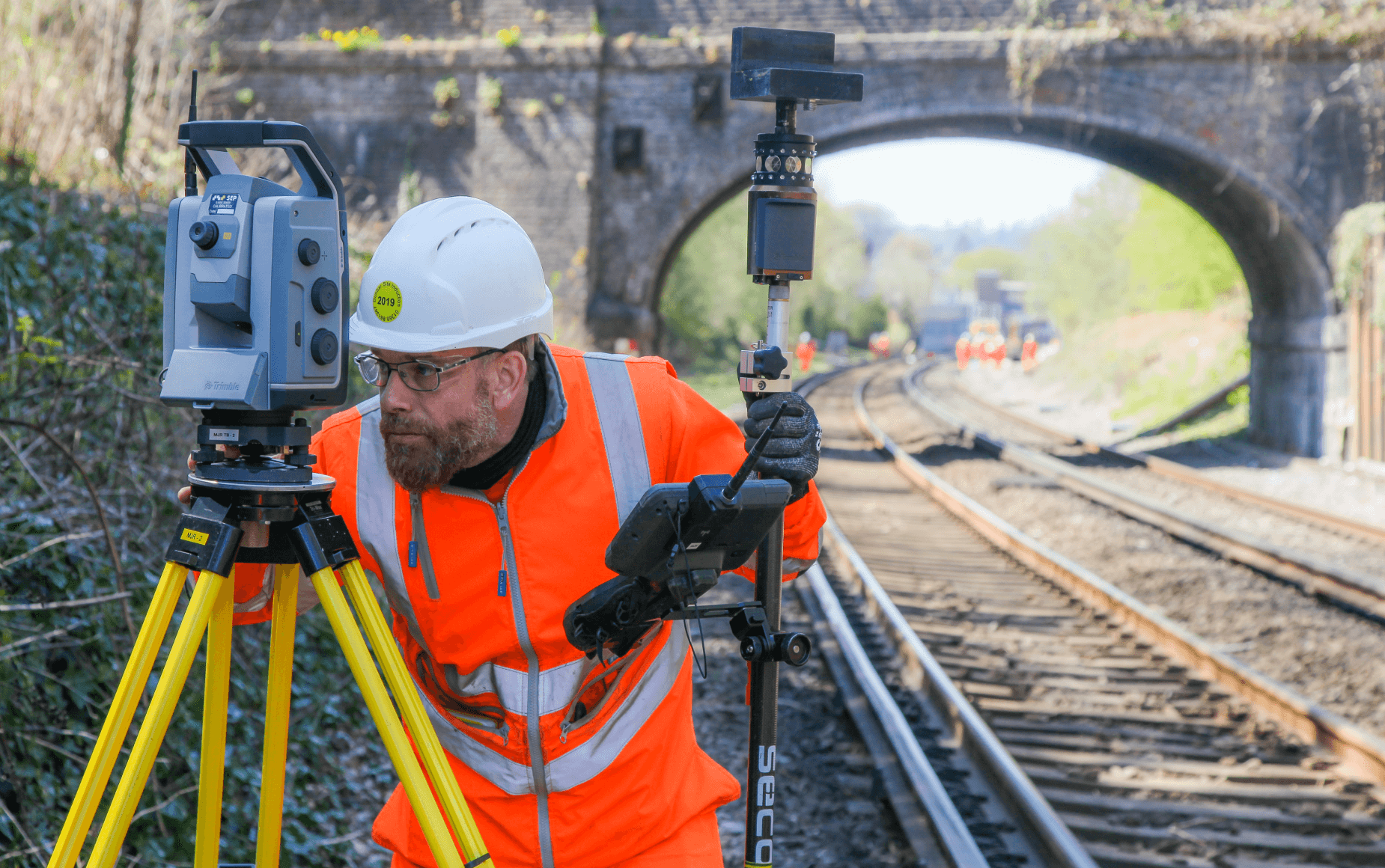Power surveys play some sort of pivotal role within the planning in addition to execution of system projects, yet they often remain a good overlooked aspect involving construction and urban development. As towns expand and the demand for dependable services increases, learning the intricate network regarding underground utilities gets more critical than in the past. This guide aims to shed light on typically the significance of energy surveys, educating readers on their impact on from lowering construction delays to be able to enhancing public safety.
Throughout a fast-paced city environment, the consequences of ignoring power mapping can always be severe, ultimately causing costly disruptions as well as dangers during construction. By navigating the difficulties of utility studies, professionals can ensure safer excavation, more efficient task planning, and compliance with regulations. This kind of article will delve into the many varieties of utility surveys, the benefits of advanced technologies, and even the vital part these surveys participate in in sustainable development and urban planning, equipping readers with all the knowledge they want to make well informed decisions for projects.
The Importance involving Utility Surveys
Utility research can be a crucial component inside the planning plus execution of system projects. They supply essential data about the existing programs underground, including water, gas, electricity, in addition to telecommunications. This details is vital for technical engineers, planners, and companies to know the panorama in the site prior to commencing any building work. By discovering the precise locations plus depths of these types of utilities, project teams can avoid prospective hazards, reduce the danger of service interruptions, and ensure complying with local restrictions.
Moreover, conducting utility research allows for a a lot more efficient usage of resources during construction. Simply by having accurate and even detailed utility maps, construction teams can easily optimize their operate plans, minimizing unnecessary excavation and connected costs. This not necessarily only streamlines the construction process but in addition prevents unexpected delays that can come up from hitting undisclosed utilities. Understanding the utility landscape will help in scheduling in addition to executing tasks better, ensuring projects stay on track and within finances.

Within an era where urbanization is rapidly increasing, utility surveys enjoy a pivotal position in urban planning and development. They facilitate better decision-making by providing some sort of clear picture involving existing utilities in addition to how new projects can integrate using them. This is specifically important in smart urban planning, where successful use of space and even resources is very important. As cities expand and evolve, the need for precise utility surveys becomes even more considerable, enabling sustainable and safe infrastructure development.
Challenges and Options in Utility Studies
Electricity surveys often face several challenges of which can hinder the accuracy and productivity of the information collected. One substantial issue is typically the presence of outdated or incomplete records. Click here to find out more may not always keep their maps and records up to date, which can business lead to confusion in the surveying process. To be able to overcome this obstacle, it is essential to establish solid communication channels along with utility companies earlier in the job, ensuring that the almost all recent and appropriate information is reached. Additionally, utilizing innovative technologies like ground-penetrating radar and electromagnetic detection can aid identify underground resources which are not documented.
Another common challenge is the physical constraints of the survey web site. Urban environments, for instance, can be packed with existing infrastructure, rendering it difficult in order to access certain places for survey operate. To address this matter, survey teams must adopt flexible planning strategies. This may involve using more compact equipment or employing non-intrusive methods of which do not need heavy machinery. Moreover, conducting a comprehensive web site analysis ahead of the review can help identify potential access concerns and allow for better planning associated with survey routes.
Lastly, interpretation utility survey info may be complex plus requires expertise. The particular sheer volume of files collected can be frustrating, making it hard to determine the greatest course of action for a project. To reduce this challenge, that is important to be able to invest in working out for staff and make use of software tools that will facilitate data evaluation and visualization. By simply integrating utility review data with GIS systems, teams may easier interpret benefits and make informed judgements that enhance task planning and performance.
Future Trends throughout Utility Surveying
The foreseeable future of utility surveying is being formed by advancements in technology that boost data collection plus analysis methods. High-resolution imaging techniques, this sort of as LiDAR in addition to 3D mapping, will be increasingly being included into utility surveys, providing more detailed and accurate representations of underground utilities. These technologies enable surveyors to visualize complex networks throughout urban environments, enhancing the decision-making method for infrastructure development projects.
Another significant tendency is the adoption of artificial intelligence and machine learning in interpreting review data. As these kinds of technologies evolve, these people can help in discovering patterns and forecasting potential issues, in the end leading to far better planning and risk management. This integration will not only streamline the examination process but in addition boost the ability in order to predict failures or perhaps service disruptions before they occur.
Sustainability will be becoming a focal point in utility surveying, by having an importance on reducing the environmental impact of building projects. Utility studies are now getting designed to lead to sustainable development aims, helping to avoid problems for ecosystems during excavations. As towns grow and downtown planning evolves, electricity surveys will play a crucial role in ensuring of which developments are carried out responsibly, balancing infrastructural needs with environment protection.
